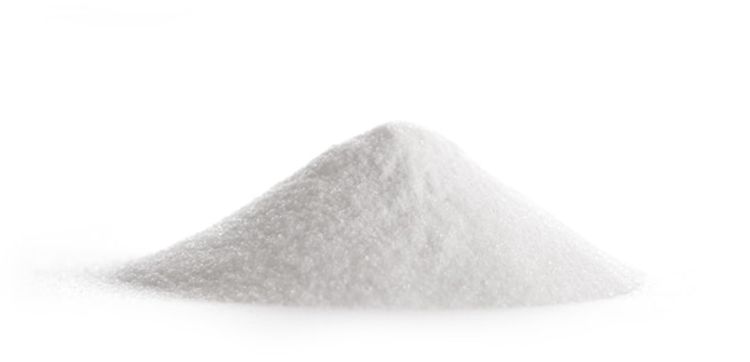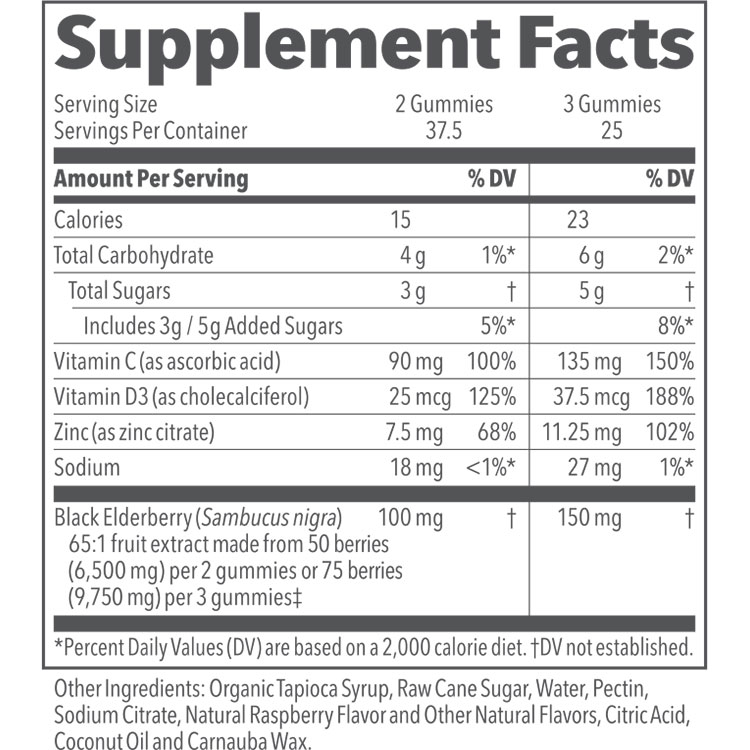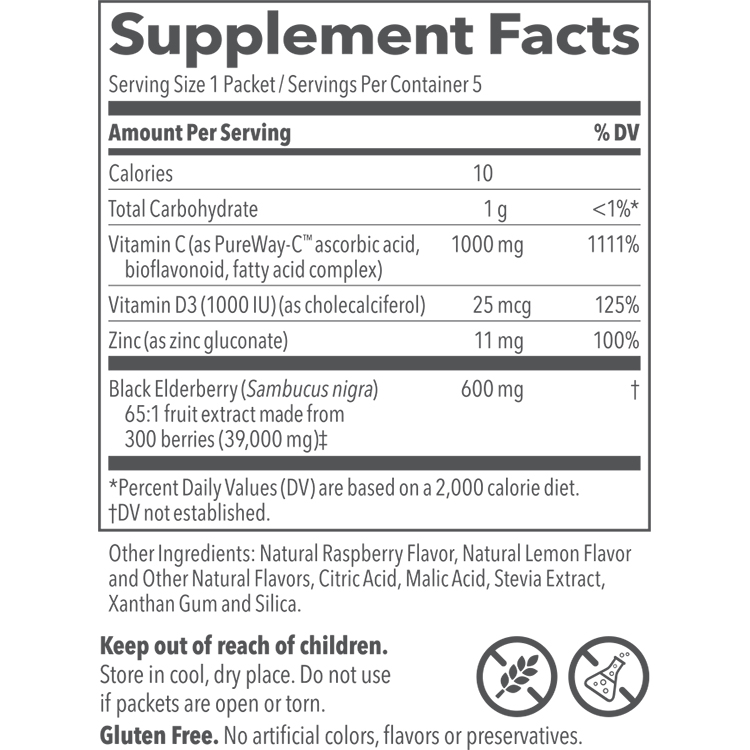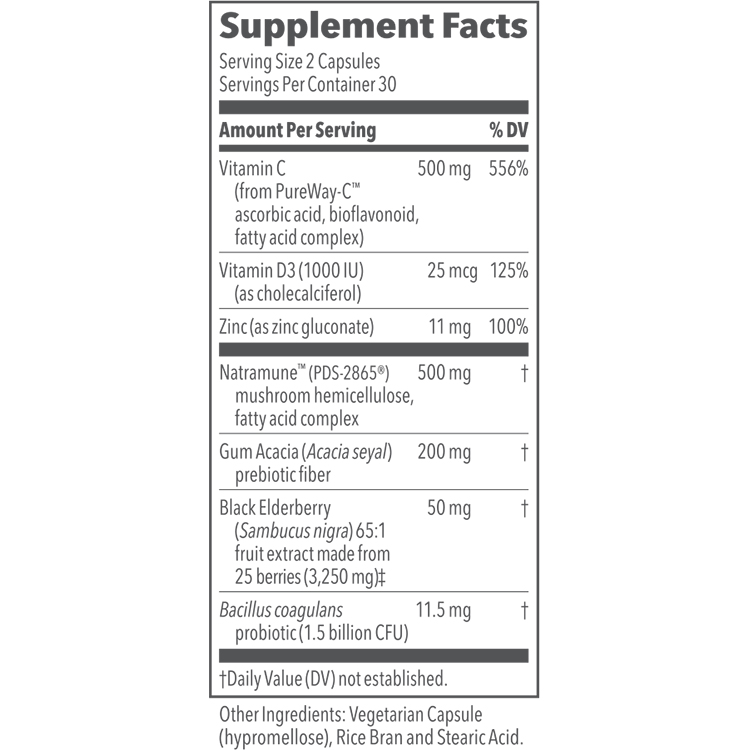BACKGROUND
Ingredient Type: Constituent, Substance to supplement the diet
Also Known As: Glucosamine sulfate, Amino monosaccharide, D-glucosamine, D-glucosamine sulfate, Glucosamine potassium sulfate, Glucosamine sulfate-potassium chloride

Glucosamine is a natural amino sugar found in the body. It maintains the health of cartilage, but it naturally declines with age. Glucosamine supplementation is believed to help support cartilage and joints and is often combined with chondroitin.
Glucosamine, which occurs naturally in the body, plays a key role in the construction of cartilage, or the tough connective tissue that cushions the joints. Glucosamine stimulates the production of glycosaminoglycans (the key structural components of cartilage) as well as the incorporation of sulfur into cartilage. Sulfur is necessary for making and repairing cartilage. Clinical studies report that glucosamine may be effective in treating and possibly slowing the progression of osteoarthritis. This is a type of arthritis caused by continuous wear and tear on the joints leading to inflammation, breakdown, and eventual loss of cartilage. The tissues most affected by osteoarthritis are the weight bearing joints, such as the knees and hips, as well as the joints in the hands.
Studies suggest that glucosamine may be at least as effective as some of the medications frequently used to treat this joint condition, but with fewer gastrointestinal side effects. The medications used to treat osteoarthritis are known as nonsteroidal anti-inflammatory drugs (NSAIDs), such as ibuprofen and piroxicam. NSAIDs may cause stomach upset, cramps, constipation, diarrhea, and in some cases, stomach ulcers. Glucosamine is often taken with chondroitin, another supplement thought to be effective in treating arthritis. These substances are often combined with manganese as well, a trace metal that is also needed for building cartilage.
Uses:
Although not every clinical study agrees, strong evidence from many well-designed human trials indicates that glucosamine sulfate supplements may be an effective treatment for:
Osteoarthritis (particularly osteoarthritis of the knees)
In general, findings from these clinical studies suggest that glucosamine provides several benefits for people with osteoarthritis including pain reduction (as effective as ibuprofen and other non-steroidal anti-inflammatory drugs or NSAIDs), improved function and mobility, and slowed progression or even prevention of joint destruction when taken for 3 or more years. In comparison to NSAIDs, glucosamine takes longer to begin working. However, pain control lasts longer with glucosamine and the supplements cause fewer side effects. Although glucosamine and chondroitin are often administered together for the treatment of osteoarthritis, it is not clear that the combination works better than either supplement alone. Nor is it clear if glucosamine is better than chondroitin or vice versa. A large clinical study, called the Glucosamine/chondroitin Arthritis Intervention Trial (GAIT) studied the effects of glucosamine/chondroitin combination, celecoxib (Celebrex), and placebo in over 1,500 patients with arthritis in the knees. Overall, glucosamine and chondroitin sulfate were not significantly better than placebo in reducing knee pain by 20%. Glucosamine and chondroitin sulfate alone or in combination did not reduce pain effectively in the overall group of patients with osteoarthritis of the knee, but did help those with moderate-to-severe pain. Although glucosamine is one of the top selling dietary supplements and used by millions, more clinical studies are needed.
Dietary Sources:
There are no food sources of glucosamine. Most supplements are derived from chitin, the hard outer shells of shrimp, lobsters, and crabs. Other forms of glucosamine are available for individuals who are allergic to shellfish.
Available Forms
Glucosamine is available in oral supplements as glucosamine sulfate, glucosamine hydrochloride, and n-acetyl glucosamine. These products may come in tablet, capsule, and powder forms. Glucosamine also is found in combination products, usually with chondroitin. Minerals and vitamins may also be included in these combinations, such as manganese. Glucosamine hydrochloride has been reported to be better absorbed by the body, therefore being more available for use. Glucosamine is also available as an injectable form that your physician can insert directly into the arthritic joint. N-acetyl glucosamine is also available as an enema.
How to Take It:
Pediatric
There is not enough scientific evidence to recommend the use of glucosamine in children.
Adults
For adults ages 18 years and older: Glucosamine sulfate or hydrochloride, 500 mg, 3 times daily, for 30 – 90 days. Once daily dosing as 1.5 gm (1,500 mg) may also be used. Ongoing supplementation (roughly 1,000 mg per day) may be required to prevent the progression of osteoarthritis or to reduce pain and inflammation associated with the condition. Talk with your health care provider.
Precautions:
Because of the potential for side effects and interactions with medications, dietary supplements should be taken only under the supervision of a knowledgeable health care provider.
The majority of studies indicate that glucosamine is safe, nontoxic, and causes only minor side effects such as stomach upset, heartburn, indigestion, gas, bloating, and diarrhea. If these symptoms occur, glucosamine should be taken with food. People with peptic ulcers should take glucosamine sulfate with food. Glucosamine sulfate may contain high amounts of sodium or potassium, so individuals on a restricted diet or taking potassium-sparing diuretics should carefully check the label before taking glucosamine supplements. People with diabetes should have their blood sugar checked regularly as glucosamine may cause insulin to work less effectively. Some glucosamine supplements are derived from shellfish, so individuals with shellfish allergies should check with a health care professional before taking these supplements. People who are allergic to sulfur are usually allergic to sulfa drugs or sulfite-containing food additives. Sulfur is an essential nutrient that is naturally present in the body of all individuals. “Sulfur-sensitive” people can safely use glucosamine sulfate. In these people, use of glucosamine hydrochloride would be recommended. Glucosamine is not recommended during pregnancy or breast-feeding due to lack of scientific evidence in these people.
Possible Interactions:
If you are currently being treated with any of the following medications, you should not use glucosamine or make any adjustments to your medications without first talking to your health care provider. Nonsteroidal anti-inflammatory drugs (NSAIDs) — Glucosamine may increase the anti-inflammatory activity of NSAIDs such as ibuprofen (Motrin or Advil). This interaction may result in the need for lower doses of these medications. Blood sugar lowering medications or insulin — Glucosamine may alter the need for blood sugar lowering medications and insulin. Check with your health care provider before taking glucosamine supplements if you have diabetes and require blood sugar lowering medicines or insulin.
MORE COMING SOON
In the meantime see the MedlinePlus entry for glucosamine sulfate, this National Center for Complementary and Integrative Health article on glucosamine and chondroitin for osteoarthritis, the Examine.com entry for glucosamine, or the Michigan Medicine Health Library entry for glucosamine for more information.




